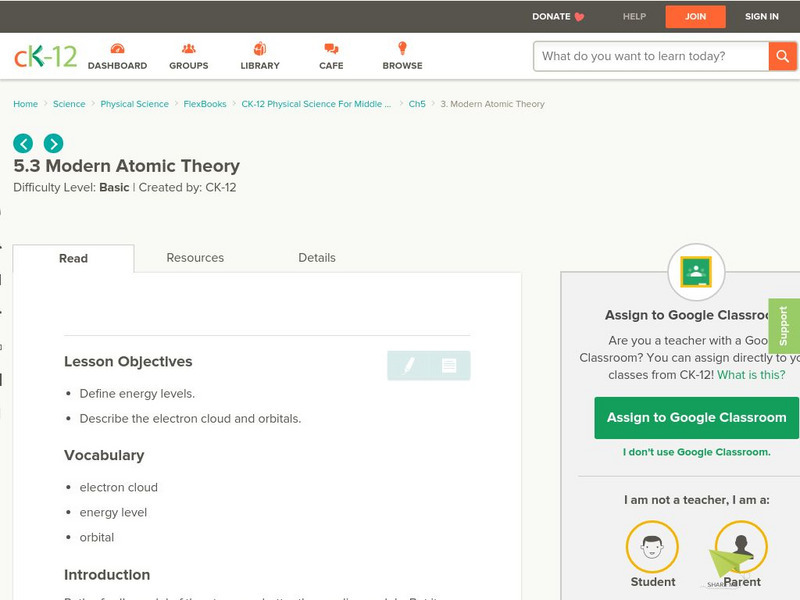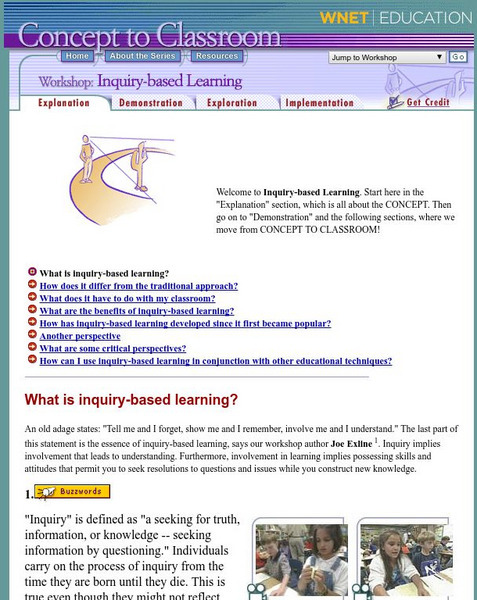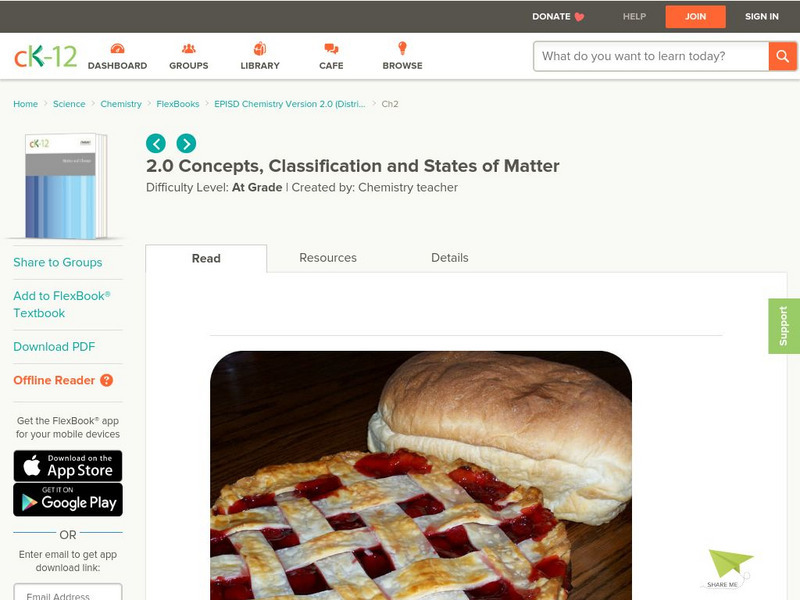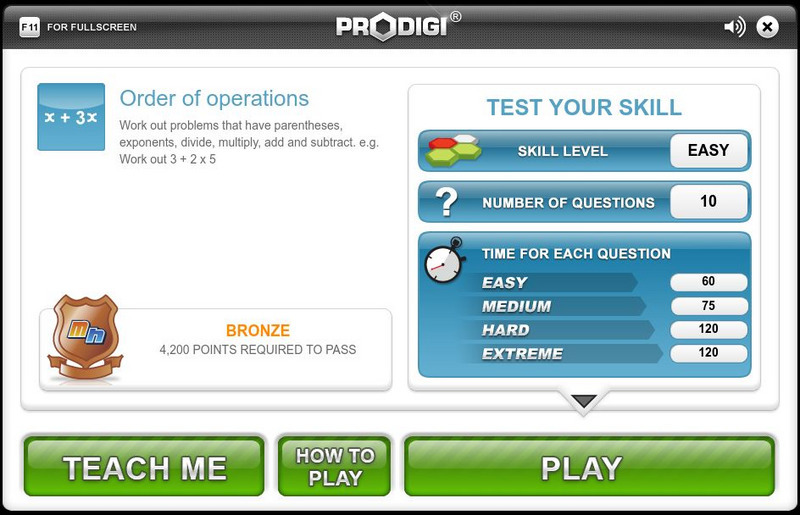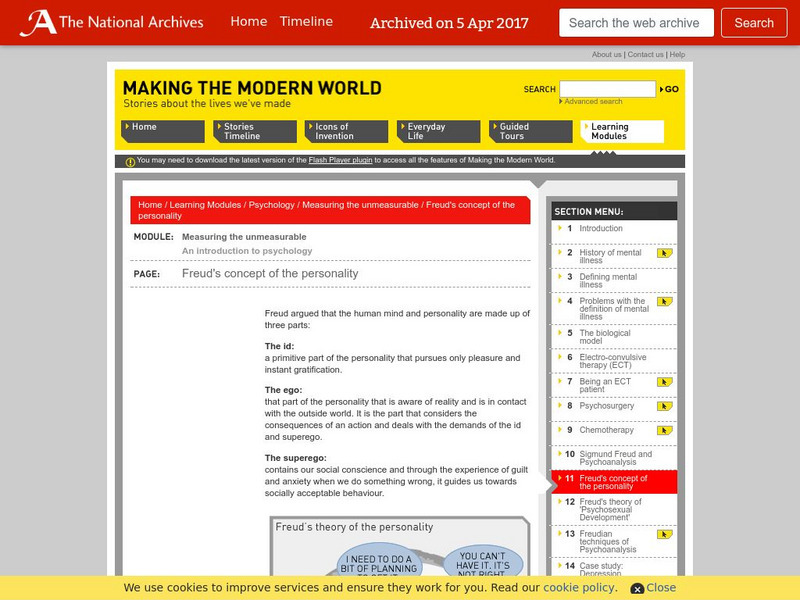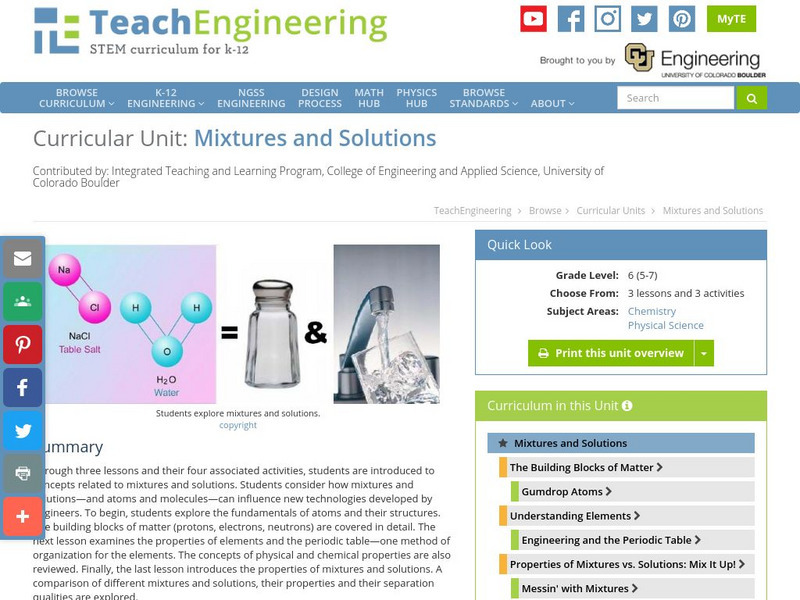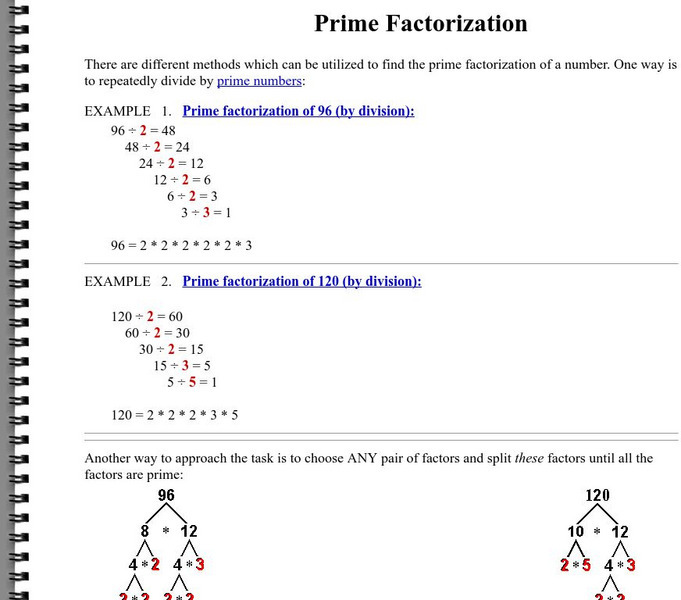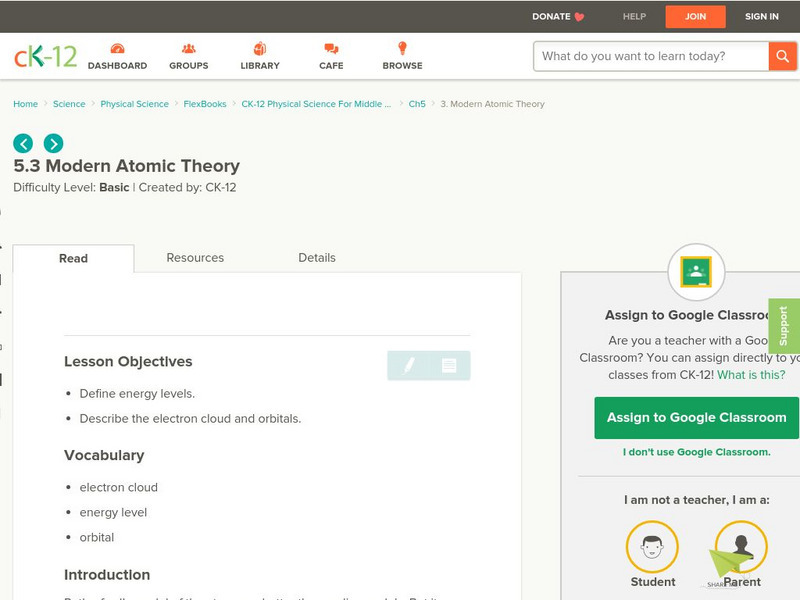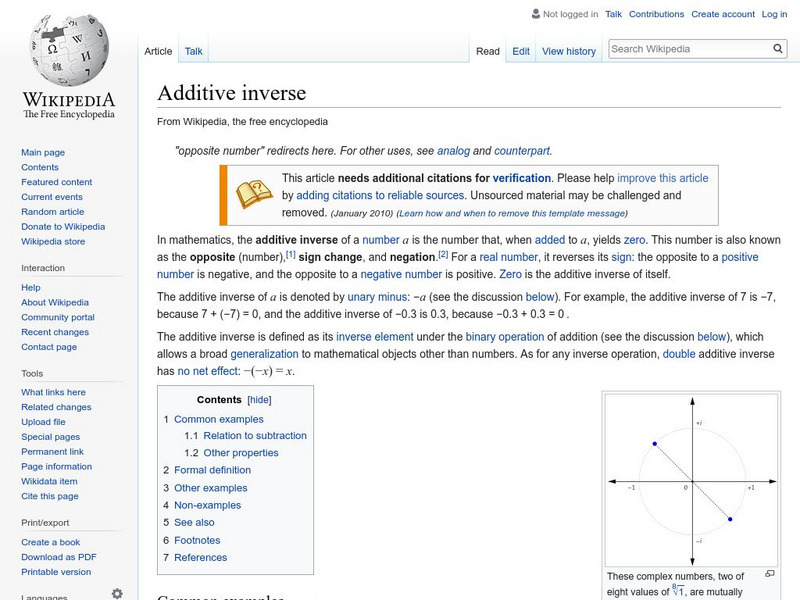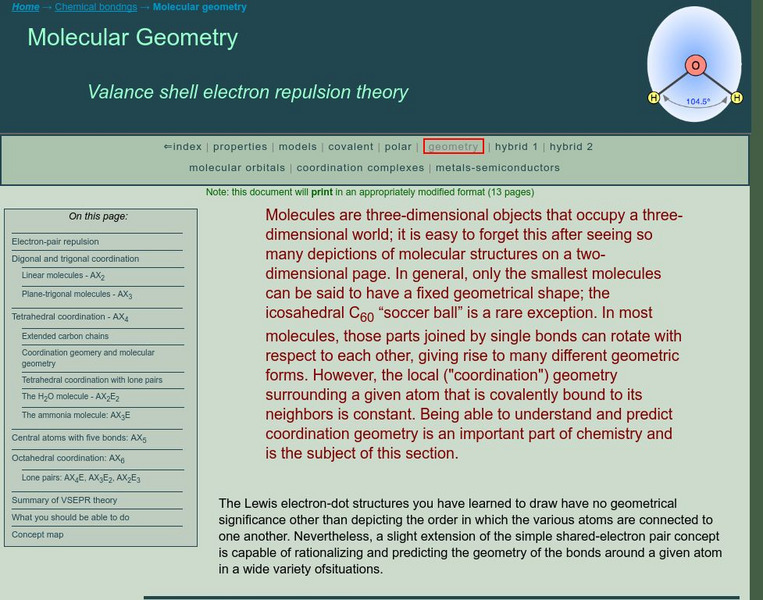Vision Learning
Visionlearning: Atomic Theory: Wave Particle Duality and the Electron
An explanation of advanced atomic theory based on developed concepts from earlier scientific experimentation.
Science Buddies
Science Buddies: Piaget's Theory: One Cup of Water Is Less Than One Cup of Water
In this human behavior science fair project, the student will learn about Piaget's developmental stages and the Theory of Conservation. The student will investigate the age at which children understand the equality of numbers and mass....
CK-12 Foundation
Ck 12: Life Science: Scientific Theories
[Free Registration/Login may be required to access all resource tools.] Today most people realize that microorganisms, such as bacteria or viruses, are the cause of disease. This concept is known as the germ theory of disease, one of the...
Oswego City School District
Regents Exam Prep Center: Practicing With Properties of Real Numbers
Test your knowledge of the number properties. This challenging practice really puts you to the test. Assessment covers all number theory properties: associative, commutative, distributive, inverse, and identity.
CK-12 Foundation
Ck 12: Modern Atomic Theory
[Free Registration/Login may be required to access all resource tools.] Rutherford's model of the atom was better than earlier models. But it wasn't the last word. Danish physicist Niels Bohr created a more accurate and useful model....
PBS
Wnet: Thirteen: Concept to Classroom: Inquiry Based Learning
One of eleven workshops presented by Concept to Classroom, this workshop on Inquiry-based Learning takes you through four major steps (explanation, demonstration, exploration, and implementation) to learn about it, then put it into...
PBS
Wnet: Thirteen: Concept to Classroom
Concept to Classroom is a free series of award-winning professional development workshops covering important and timely topics in education such as: after-school programs, cooperative and collaborative learning, inquiry-based learning,...
CK-12 Foundation
Ck 12: Concepts, Classification and States of Matter
[Free Registration/Login may be required to access all resource tools.] Freshly baked bread and cherry pie are two delicious parts of any meal. What happens to the ingredients that go into the bread and the pie as they are heated in the...
Mangahigh
Mangahigh: Number: Order of Operations
Students learn about the concept of order of operations by exploring a tutorial. They can then test their knowledge by taking a ten question assessment that increases in difficulty as they correctly answer questions.
Oswego City School District
Regents Exam Prep Center: More Practice With Properties of Real Numbers
How well do you know your number properties? Take this quiz and find out what you know or what you don't know. Immediate feedback. Check your answer right online.
Science Museum, London
Making the Modern World: Freud's Concept of the Personality
Read a brief discussion of Freud's idea of the mind and its three parts.
TeachEngineering
Teach Engineering: Mixtures and Solutions
This unit covers introductory concepts of mixtures and solutions. Students think about how mixtures and solutions, and atoms and molecules can influence new technologies developed by engineers. The first lesson explores the fundamentals...
Purdue University
Guide to Critical Theory: Intro to New Historicism
A detailed site that offers an introduction, some terms and concepts, sample applications, and even a lesson plan or two based on this approach.
University of St. Andrews (UK)
University of St. Andrews: Mac Tutor History of Mathematics Archive
The University of St. Andrews, Scotland, presents hundreds of biographies of famous mathematicians, histories of math in various cultures, and interesting facts on the development of important math concepts. This is a huge reference....
Georgia State University
Georgia State University: Hyper Physics: Ideal Gas Law
This site defines and discusses the ideal gas law. The concept of state variables is explained and the various state variables are identified. Links to further information is available.
National Council of Teachers of Mathematics
The Math Forum: Famous Problems in the History of Mathematics
On this site, there are several math problems to explore and solve. Look through some solutions by famous mathematicians and expand your thinking about some interesting math concepts. Teachers of elementary grades may want to use this...
Amby Duncan-Carr
Prime Factorization: Amby's Resources
What is prime factorization? This site goes through a step-by step process explaining different ways to find the prime factorization.
CK-12 Foundation
Ck 12: Modern Atomic Theory
[Free Registration/Login may be required to access all resource tools.] Rutherford's model of the atom was better than earlier models. But it wasn't the last word. Danish physicist Niels Bohr created a more accurate and useful model....
Wikimedia
Wikipedia: Additive Inverse
What is additive inverse? It means "opposite." Find out more about this concept in this detailed definition with examples and links to related terms.
Tour Egypt
Tour Egypt: The Ancient Egyptian Number System
This Tour Egypt site presents an easy-to-read account of ancient Egypt mathematics. Content explores the history and development of mathematics, how it was used, what helpful documents we have found that give us insight into what the...
Learning Wave Communications
Learning Wave: Commutative and Associative Properties of Multiplication
This resource provides information about the commutative and associative properties of multiplication.
Other
Ask Lois Math Terms: Commutative Property
What is the commutative property? Why not ask Lois. She knows all about math "lingo." A site where kids can find math definitions explained in "kid friendly" language.
Simon Fraser University
Chem1 Virtual Textbook: Molecular Geometry
An advanced explanation of the valence shell electron pair repulsion (VSEPR) theory describes specific molecular models involving digonal, trigonal, tetrahedral, and octahedral coordination, as well as central atoms with five bonds....
TeachEngineering
Teach Engineering: Making the Connection
Graph theory is a visual way to represent relationships between objects. One of the simplest uses of graph theory is a family tree that shows how different people are related. Another application is social networks like Facebook, where a...




